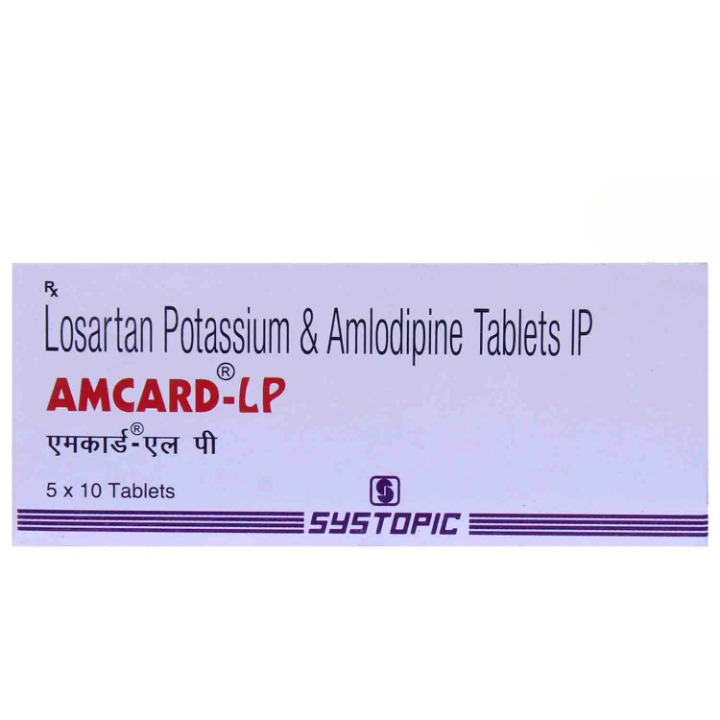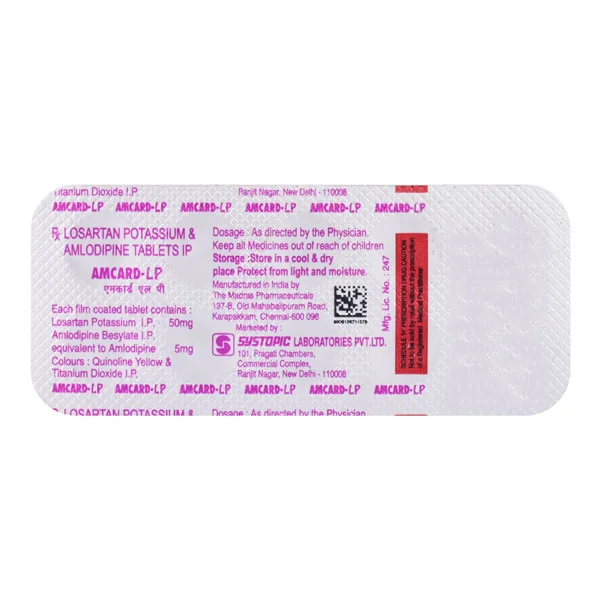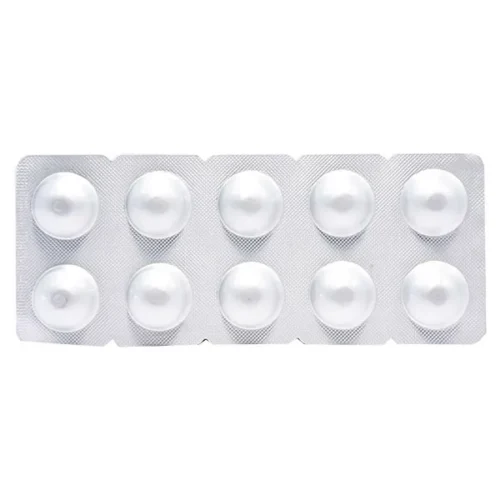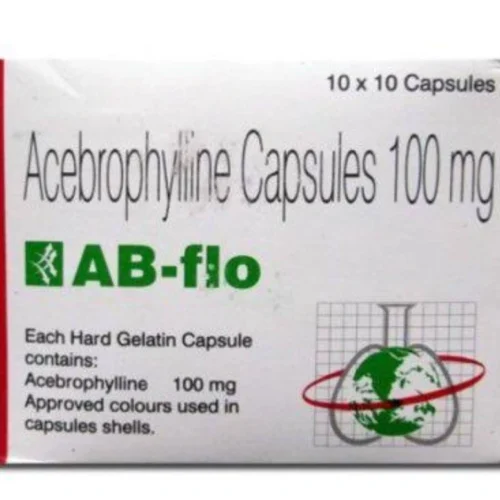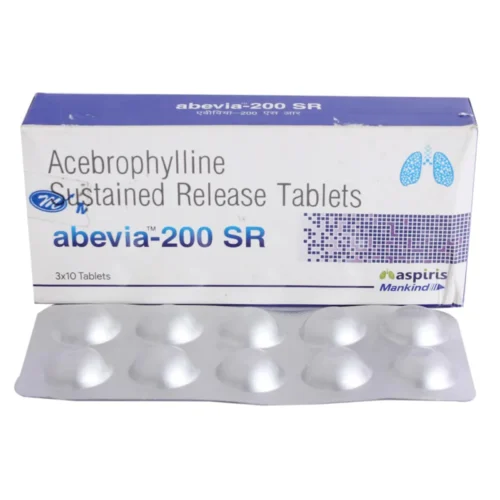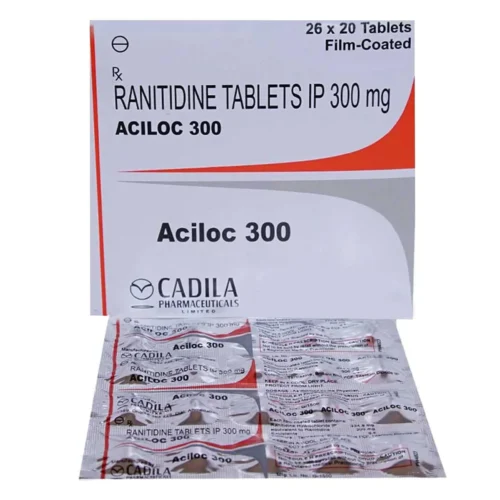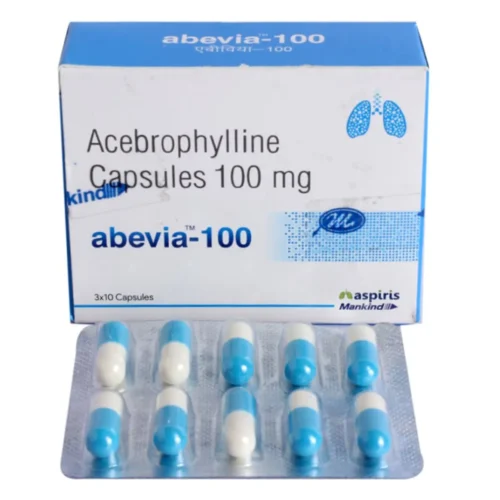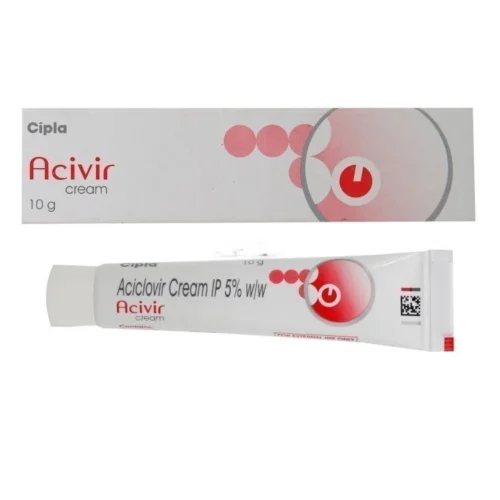Use:
There are two active ingredients in this medication, both of which work to reduce high blood pressure. The first is to relax the blood vessels, which makes it easier for the heart to circulate blood around the body. This reduces the risk of heart attack or stroke.
Indication:
While this medication can be taken on its own or with food, it is best to take it at a prescribed time each day. The dose will vary depending on your health and how well you respond to the medication. It is important to continue taking this medicine, even if you feel fine. By reducing your blood pressure, it reduces your risk of having a heart attack or stroke. Therefore, you should not stop taking this medicine unless your doctor orders it. You can improve the effectiveness of this medication by making some lifestyle changes, such as staying active, quitting smoking, and following a low salt, low fat diet.
Side Effects:
The most common adverse reactions to this medicine are swelling in the ankles or feet, which is called edema. Other side effects include headaches, sleepiness (fits and starts), dizziness, fatigue, taste changes, and an upset stomach. Because it can make you feel sleepy and dizzy, it is best to avoid driving or doing anything that requires concentration until you understand how it might affect you. If any of these side effects affect you or persist, talk to your doctor.
Safety Advice:
Tell your doctor if you have kidney or liver disease or severe dehydration before taking this medicine. Women who are pregnant or breastfeeding should also talk to their doctor before using this medicine. You will need to have your blood pressure checked frequently while taking this medicine. Your doctor may also test your kidney function.

